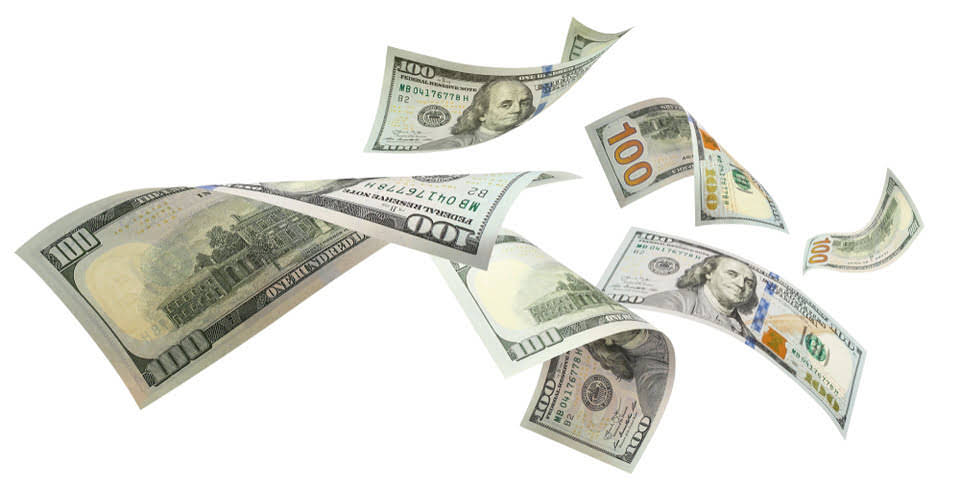
Current liabilities include accounts payable, trade credit, short-terms loans, and lines of credit. Essentially, working capital is the amount of money a company has available to pay its short-term expenses. Measuring its liquidity can give you a quantitative assessment of your business’ timely ability to meet financial obligations, including paying your employees, your suppliers, and your bills. This provides an honest picture of the company’s short-term financial health. Under current liabilities in its balance sheet, it has short-term expenses of $15,000, accounts payable of $20,000, and short-term debts of $45,000, taking its total current liabilities to $80,000.
What Does the Current Ratio Indicate?
For example, individual architects in all 50 states require licenses with regular renewals. So do many engineering, construction, financial services, insurance, healthcare, dental, and real estate professionals. Be sure to include these expected expenses in your working capital formula. Lenders and investors often look at a company’s working capital as an indicator of its financial health and creditworthiness. A strong working capital position can make it easier to secure financing and attract investment.
- Working capital represents the difference between a company’s current assets and current liabilities.
- Working capital is also known as equity capital, working assets, or risk capital.
- If a business has significant capital reserves it may be able to scale its operations quite quickly, by investing in better equipment, for example.
- A company’s balance sheet contains all working capital components, though it may not need all the elements discussed below.
- Lenders will often look at changes in working capital when assessing a company’s management style and operational efficiency.
How Working Capital Impacts Cash Flow
Note, only the operating current assets and operating current liabilities are highlighted in the screenshot, which we’ll soon elaborate on. Change in net working capital is an important indicator of a company’s financial performance and liquidity over time. Shortening your accounts payable period can have the opposite effect, so business owners will want to carefully manage this policy. However, negative working capital could also be a sign of worsening liquidity caused by the mismanagement of cash (e.g. upcoming supplier payments, inability to collect credit purchases, slow inventory turnover). Generally speaking, however, shouldering long-term negative working capital — always having more current liabilities than current assets — your business may simply not be lucrative. Since inventory days and A/R days are projected to decrease, the impact on working capital days should be positive (i.e. more operational efficiency).
- It suggests that the company is not going to have enough cash to fund short-term obligations because the cash cycle is lengthening.
- Alternatively, it could mean a company fails to leverage the benefits of low-interest or no-interest loans.
- It is a financial measure, which calculates whether a company has enough liquid assets to pay its bills that will be due within a year.
- Examples of changes in net working capital include scenarios where a company’s operating assets grow faster than its operating liabilities, leading to a positive change in net working capital.
- We can see current assets of $97.6 billion and current liabilities of $69 billion.
- An asset is regarded as current if it can be converted to cash within a short time (usually not more than a year).
Growth Rate
On the other hand, examples of operating current liabilities include obligations due within one year, such as accounts payable (A/P) and accrued expenses (e.g. accrued wages). Positive working capital generally means a company has enough resources to pay its short-term debts and invest in growth and expansion. Conversely, negative working capital indicates potential cash flow problems, which might require creative financial solutions to meet obligations. To calculate working capital, subtract a company’s current liabilities from its current assets. Both figures can be found in public companies’ publicly disclosed financial statements, though this information may not be readily available for private companies.
Example calculation with the working capital formula
Accounts receivable days, inventory days, and accounts payable days all rely on sales or cost of goods sold to calculate. If either sales or COGS is unavailable, the “days” metrics cannot be calculated. When this happens, it may be easier to calculate accounts receivables, inventory, and accounts payables by analyzing the past trend and estimating a future value. For example, if a company has $100,000 in current assets and $30,000 in current liabilities, it has $70,000 of working capital. This means the company has $70,000 at its disposal in the short term if it needs to raise money for any reason. In corporate finance, «current» refers to a time period of one year or less.
Ability to Remain Strong during Financial Recession
It also means management of current liabilities, including sundry creditors, bills payable, outstanding creditors, bank overdraft, and so on. In simple terms, you can calculate working capital by subtracting what the company owes (or its liabilities) from what the company owns (or its assets). What is a more telling indicator of a company’s short-term liquidity is an increasing or decreasing trend in their net WC. A company with a negative net WC that has continual improvement year over year could be viewed as a more stable business than one with a positive net WC and a downward trend year over year. Some people also choice to include the current portion of long-term debt in the liabilities section.
- Without sufficient working capital, a business may struggle to seize these opportunities and grow.
- We’ll now move on to a modeling exercise, which you can access by filling out the form below.
- On the liability side of its balance sheet, it has accounts payable worth $100,000 and accrued expenses of $50,000.
- If this negative number continues over time, the business might be required to sell some of its long-term, income producing assets to pay for current obligations like AP and payroll.
Why Calculating Changes in Working Capital Is Important
- But if the change in NWC is negative, the net effect from the two negative signs is that the amount is added to the cash flow amount.
- From the ratio gotten, the current assets are more than one, which means the online store selling phone accessories is in a good financial state.
- The articles and research support materials available on this site are educational and are not intended to be investment or tax advice.
- A ratio greater than 1 indicates that a company has more current assets than current liabilities, which suggests that it has enough funds to cover its short-term obligations.
- You don’t need to know the value of the total assets and liabilities with this formula.
What was once a long-term liability, such as a 10-year loan, becomes a current liability in the ninth year, when the repayment deadline is less than a year away. Since we’re measuring the increase (or decrease) in free cash flow, i.e. across two periods, the “Change in Net Working Capital” is the right metric to calculate here. If future periods for the current accounts are not available, create a section to outline the drivers and assumptions for the main assets. Use the historical data to calculate drivers and assumptions for future periods.

How to Optimize Working Capital Management

After looking through the balance sheet records, they observed a 0.1 increase in the working capital ratio per year. You don’t need to know the value of the total assets and liabilities with this formula. You can use this simple working capital formula to gain better insights into the state of your business’s financial health.
Negative working capital is when current liabilities exceed current assets, and working capital is negative. Working capital could be temporarily negative if the company had a large cash outlay as a result of a large purchase of products and services from its vendors. The net working formula for change in working capital capital formula is calculated by subtracting the current liabilities from the current assets. But a very high current ratio means a large amount of available current assets and may indicate that a company isn’t utilizing its excess cash as effectively as it could to generate growth.